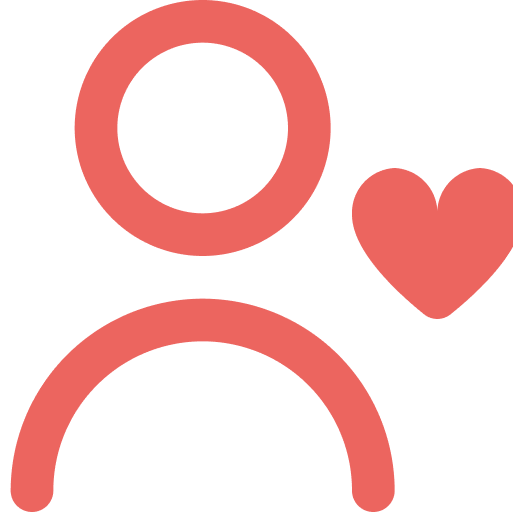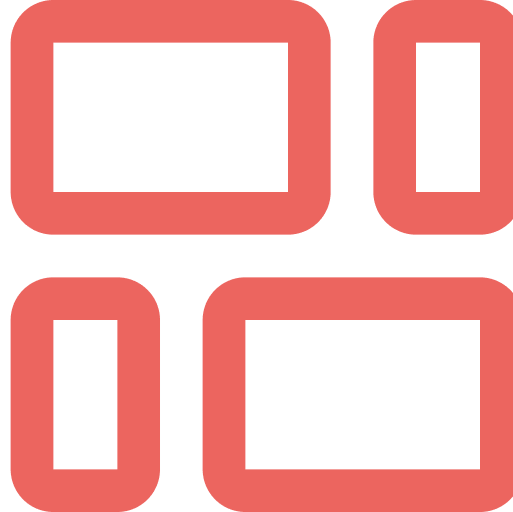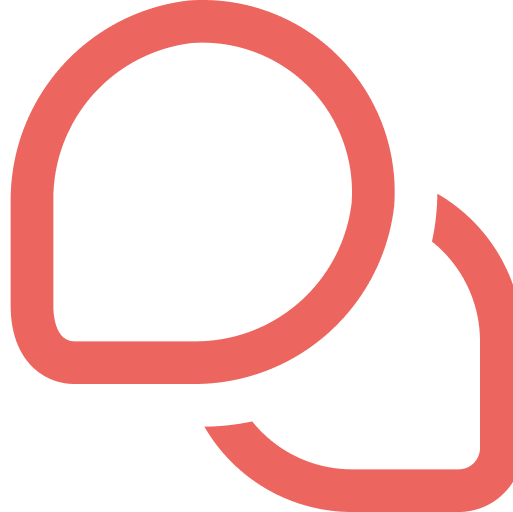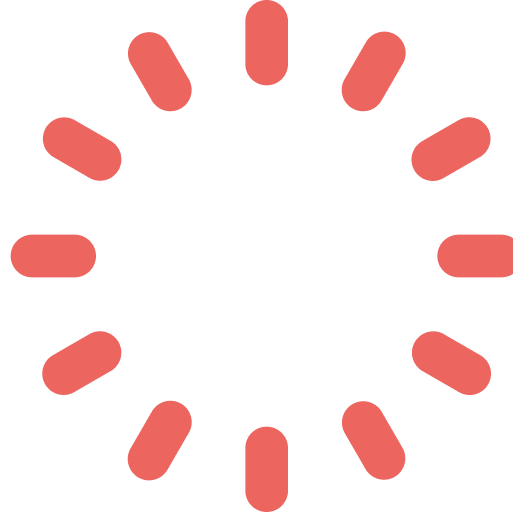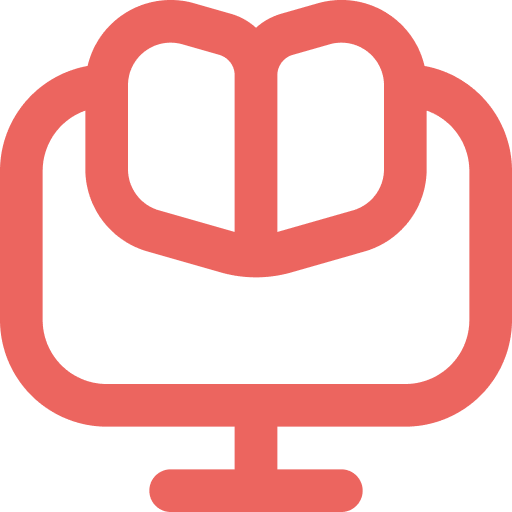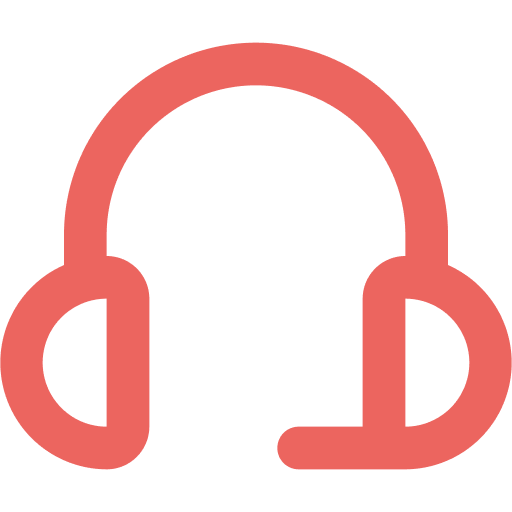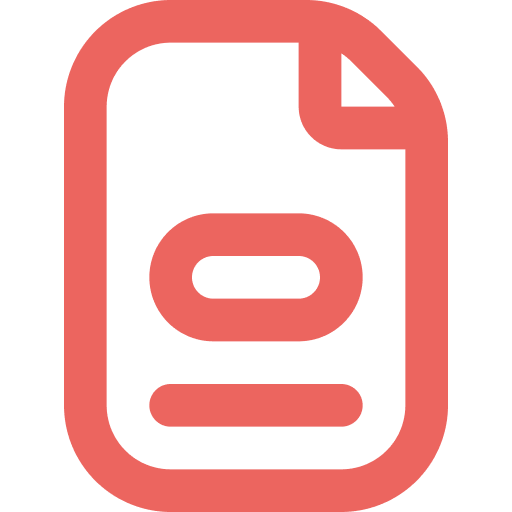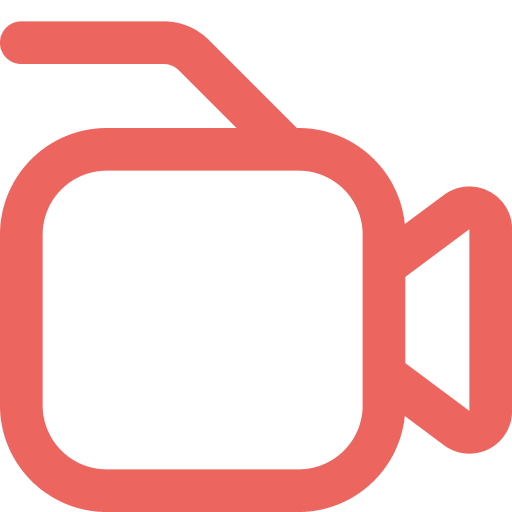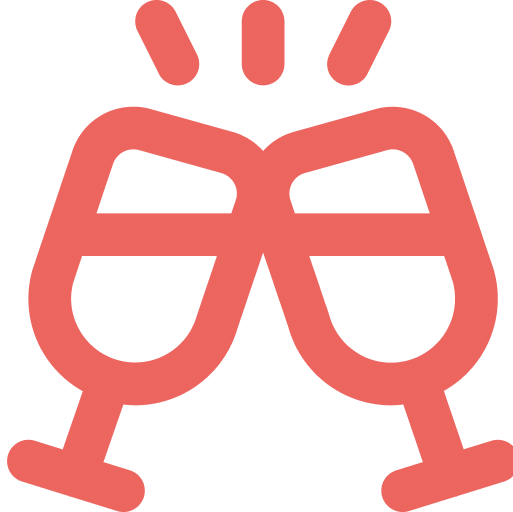In 2025, AI-generated art has officially moved from novelty to cultural phenomenon — and Studio Ghibli is at the heart of it. Over the last few months, social media platforms like Instagram, TikTok, and Twitter (X) have been flooded with AI art styled after the iconic hand-drawn look of Ghibli’s legendary films. From AI portraits of real-world cities in a Spirited Away aesthetic to fantasy characters rendered like they belong in Princess Mononoke, this trend has become one of the internet’s most emotionally resonant visual movements.
But why this style? And why now?
🍃 The Ghibli Aesthetic: A Visual Love Letter
Studio Ghibli’s work has always carried a deeply emotional, painterly quality — blending whimsical storytelling with breathtakingly detailed art. Whether it’s the soft glow of lanterns in My Neighbor Totoro or the sweeping forest shots in Nausicaä, there’s a serenity and humanity in every frame.
When AI art tools like Midjourney, DALL·E, and Stable Diffusion became capable of emulating this look, users started experimenting en masse. The result? Surreal and stunning content that feels like alternate-universe Ghibli films — ones starring real people, current events, or entirely new dream worlds.
🚀 Viral Momentum: From Fans to Influencers
TikTok and Instagram Reels were quick to capitalize. Creators began posting “What if Ghibli animated New York?” or “Me and my cat as Ghibli characters” — and these posts exploded. Some accounts gained hundreds of thousands of followers within days, simply by consistently uploading stylized AI artworks.
A few notable use cases:
- Travel bloggers converting their vacation photos into Ghibli stills.
- Pet owners turning their pets into Ghibli-style adventurers.
- Anime fans rewriting pop culture moments (think: Marvel or Game of Thrones) in Studio Ghibli form.
It’s not just about visuals either — paired with lo-fi or orchestral soundtracks, these AI Ghibli posts hit a strong emotional chord, triggering nostalgia and warmth.
🤖 The Good, the Bad, and the Controversial
With popularity, of course, comes debate.
On one hand, AI Ghibli art democratizes creativity. Artists and non-artists alike can express themselves in ways that were once impossible without years of practice. It’s a beautiful fusion of technology and human nostalgia.
On the other hand, some purists and professional illustrators raise concerns about style mimicry and creative credit. While many artists pay homage to the Ghibli style, the fact that these models are trained on human-created art (sometimes without consent) continues to spark ethical debates.
Studio Ghibli themselves have remained largely silent — likely observing how the trend evolves before making a public statement.
📈 The Future: More Than a Fad?
This isn’t just a flash-in-the-pan moment. As AI tools continue to improve, we’re likely to see full animated shorts, interactive experiences, or even AI-powered Ghibli-inspired games coming out of the fan community. Brands have also started taking notice, with a few experimenting with Ghibli-style campaigns — riding the wave of emotionally driven, nostalgia-fueled engagement.
Expect the boundaries to keep blurring between fan art, AI creativity, and traditional storytelling — with the Ghibli aesthetic remaining a beloved visual language for expression in a digital world.
🧡 Final Thoughts
The explosion of Ghibli-style AI art isn’t just a trend — it’s a reflection of what people crave right now: beauty, calm, magic, and emotional depth in a noisy, chaotic feed. While it raises important questions about creativity and authorship, it also shows how technology can reignite our love for timeless styles and storytelling.
The world may change fast — but thanks to AI and a little studio in Japan, our dreams can still look like watercolors from our childhood.


